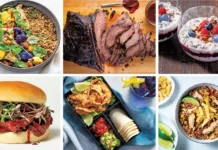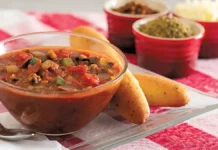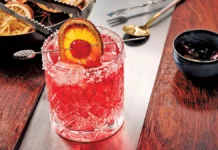
Danish Culinary Entrepreneur
Put simply, Claus Meyer fills needs.
He grew up in a protestant family in Nykøbing Falster, Denmark where most of his meals were basic and bland consisting of frozen vegetables, cheap meat and margarine. So after a year in Paris as an au pair boy, Meyer saw a need. That need was to change and subsequently define the food culture of Denmark. With no master plan and no money but a desire to share what he thought Nordic cuisine should be, Claus set out to bring top-notch cuisine to the world. Years later, Claus’ resume reveals a man possessed. He spearheaded the publishing of a Nordic Food Manifesto and opened Noma, the Copenhagen based restaurant that was named the best in the world on multiple occasions.
Claus Meyer is also a food activist, having started the Melting Pot Foundation in Denmark to teach inmates cooking skills, a program that has now expanded to La Paz, Bolivia to educate impoverished Bolivians on culinary techniques and nutrition. His latest undertaking is Great Northern Food Hall and Agern Restaurant in Grand Central Terminal, a wide spanning project meant to showcase Nordic Cuisine.
We sat down with Claus, with some help from Jens Baake, COO of Meyers USA, to discuss his career path, the new restaurant and the unique way he takes care of his employees.
What inspired you to elevate Nordic cooking as a young man?
I was a very romantic, young guy. My parents and I were both eating poorly and after being in France I just felt like Denmark should not be marked by terrible cuisine. For the betterment and positive evolution of my country I knew we could not screw up the food culture. It took almost twenty years to write down and consolidate what I wanted Nordic cuisine to be.
What should people think of when they hear “Nordic Cuisine”?
I come from a country where we really forgot our roots. In late 1800s we had 2,500 dairies and 3,000 breweries. One hundred years later we had eight dairies and seven breweries. We have seen the consequences of a homogenized and monopolistic production system.
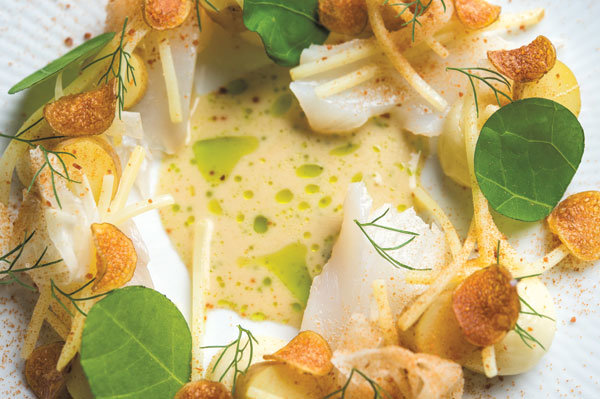
I envision the Nordic food system as love, generosity and health. No argument exists against that. We need to defend a diversity of producers and products. Competition produces great products. We should beep promoting a wide bandwidth of growers and farmers.
How do you and your projects represent that food system?
For example, we have started making our own vinegar. The only Danish vinegar was made out of beets and white sugar and it tasted of nothing. You could buy it for fifteen cents a liter. So we saw that gap and looked for a way to make vinegar that represents the Danish culture. We settled on apples, which Denmark has an abundance of in the summers. We have more than seven hundred varieties in Denmark.
So we started aging vinegar in barrels and now our apple vinegar has been a signature flavor in Noma’s kitchen since 2003. We wanted it to be uniquely Danish. In Spain it is sherry vinegar, in Italy it is Modena Balsamic vinegar and in Japan it is rice vinegar. Now Denmark has apple vinegar.
Why did you decide to bring Nordic food to New York City?
I feel like New York picked me. I was not fighting to get here or looking for opportunities but the chance came up to rent the entire space and my entire family supported the idea of taking that chance, so I did.
Was the restaurant modeled after a Nordic aesthetic?
Yes. I am in a fortunate situation. My wife is a designer so she planned everything for the interior. I really trust her taste and I think she has done a great job.
You have a lot on your plate. To what extent are you involved in decisions at Agern and the Food Hall?
I am very much interested in the food, I taste everything and approve all of the food items. It has been my dream to have a food hall and now that I have one I want it to be perfect.
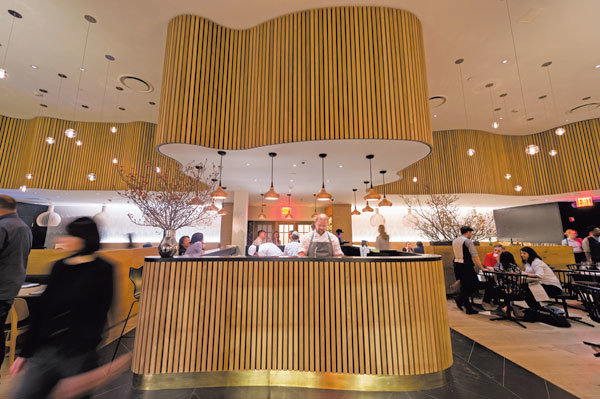
However now what I am doing is we have a team of extremely strong chefs and we want them to be the ones developing the menu and making decisions for the restaurant.
Is it difficult relinquish control of something you started?
I love the details, down to every last thing. I hate that about myself and I love it. I am a perfectionist, but I can’t be here looking over everything for ten years. There will always be a dialogue between myself and the chefs but eventually they will have total control.
It seems important to you to pass things along to future generations and your employees. Could you talk about that?
When you work on projects, you get very close to them and want to hold on to them. One part of me says I want to hold on to everything I have ever done, but that is not possible. I’ve handed projects over to trusted partners and it feels right. From my perspective, there is a bigger picture than just owning a restaurant or a business. I do things for the purpose of sharing them. At the end of the day it is not important that I own it.
How do you build your teams at restaurants like Agern?
I don’t believe in a hierarchical organization where I preserve power. I believe in delegating, which is why I can juggle so many projects at once. I have people I trust, like Chef Gunnar Gislason.
What is the focus of Agern’s menu?
There are two tasting menus, one meat based and one vegetarian. The focus is on seasonal, local dishes. We source probably ninety percent of our produce and meat from within one hundred and fifty miles of the restaurant. The menu will change with the seasons and be focused on what is available.
Is the wine and beer program similarly focused?
Yes, we have many great local beers and ciders and our wine list is one hundred percent American. We wanted to keep it in line with the menu. The program is extensive, it covers every type of wine from all over the United States. It was important to us that if we stuck with American wines that we offer people a wide variety.
Agern is one of the most prominent restaurants in New York to eliminate the tipping model of wages. Could you speak about that?
I am going to hand this question off to the COO of Meyers USA, Jens Baake, who can answer this better than I can.
Jens: Eliminating tipping and going to a living wage is only part of the value system of our company. Any position on the property from dishwasher on up earn a minimum total compensation of fifteen dollars an hour. We also have a benefit package where all employees can qualify for paid maternity/paternity leave and free medical coverage. Starting in year 2, our employees also get twenty-five paid time off (PTO) days. We established a 401k program where we match 100% up to 6% of income . Besides promoting team work, the “no tipping policy” is just one part of what we feel is a very competitive wage and benefit package.



















